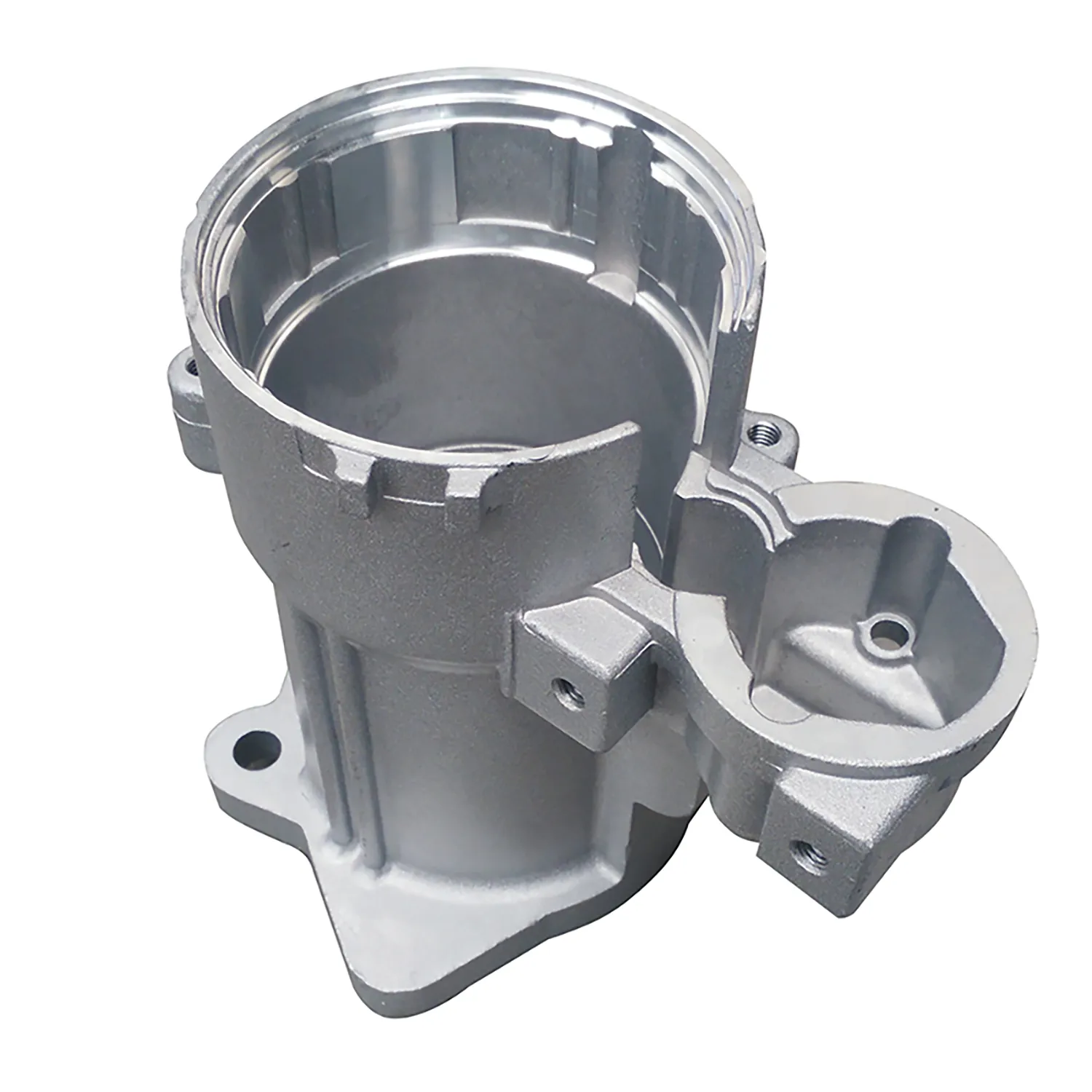Mobile:+86-311-808-126-83
Email:info@ydcastings.com
Exploring the Benefits and Features of TD05 Turbocharger Exhaust Housings for Performance Enhancements
Understanding TD05 20G Exhaust Housing A Key Component in Turbocharging Systems
In the world of automotive performance, turbocharging has become a critical factor in maximizing engine efficiency and power output. Among various turbochargers, the TD05 20G has garnered considerable attention from enthusiasts and engineers alike. A crucial element of the TD05 turbocharger system is its exhaust housing, which plays an essential role in its overall performance and efficiency.
The TD05 turbocharger series, originating from Mitsubishi, has been widely adopted for its robustness and capability to deliver significant power increases. The 20G designation refers to a specific trim within the TD05 series, indicating a balanced design aimed at delivering both power and responsiveness. The exhaust housing is essentially the housing that encases the turbine of the turbocharger, where exhaust gases enter after leaving the engine's combustion chambers.
The Role of the Exhaust Housing
The main purpose of the exhaust housing is to guide exhaust gases to the turbine wheel, which is responsible for spooling the compressor side of the turbocharger. The design and geometry of the exhaust housing are critical for determining how efficiently exhaust gases can flow into the turbine. A well-designed exhaust housing allows for optimal gas velocity and minimizes back pressure, which is vital for enhancing performance.
In the context of the TD05 20G, the exhaust housing is designed to provide a balance between performance and turbo lag. Turbo lag refers to the delay between the moment the driver steps on the gas pedal and when the turbocharger provides increased power. The TD05 20G’s exhaust housing is engineered to reduce lag, allowing for quicker spool-up times, making it an attractive option for those seeking immediate throttle response.
Material and Design Considerations
td05 exhaust housing

Typically, TD05 exhaust housings are constructed from durable materials such as cast iron or high-grade aluminum. This choice of material is critical; cast iron, for example, can withstand high temperatures and maintain structural integrity over time, while aluminum offers lightweight benefits that can further enhance engine performance.
Moreover, the design of the exhaust housing may feature different size options or configurations that can alter the turbocharger's characteristics. For example, a smaller exhaust housing can increase exhaust gas velocity, making the turbocharger spool quicker, while a larger housing can potentially reduce boost pressure at lower RPMs but favor higher power output at peak RPMs. This adaptability is essential for tuners who wish to tailor the performance characteristics of their vehicles.
Upgrades and Modifications
For automotive enthusiasts looking to maximize the performance of their TD05 20G turbocharger, upgrading or modifying the exhaust housing can yield notable gains. Aftermarket options are available that provide improved flow characteristics, allowing for increased efficiency and reduced turbo lag. Some modifications even enable the use of internal wastegates or external wastegates for better boost control, which can be particularly beneficial for high-performance applications.
Conclusion
In conclusion, the TD05 20G exhaust housing is a vital component in the turbocharging system, influencing overall performance and efficiency. Its design, material, and size play a significant role in how the turbocharger responds to engine demands. For those looking to enhance their vehicle's performance, understanding the intricacies of the TD05 20G exhaust housing and considering potential upgrades can lead to remarkable improvements in power delivery and driving dynamics. As turbocharging technology continues to evolve, the importance of components like the TD05 20G exhaust housing cannot be overstated, offering immense potential for those committed to automotive excellence.











